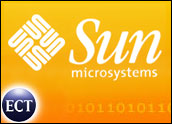
In a two-pronged initiative, Sun Microsystems is launching newmanaged computing platforms and slashing prices of its mid-range and high-end server systems.
Sun servers historically have carried higher price tags than competingnetwork solutions from rivals Hewlett-Packard and IBM. By cutting pricesby up to 35 percent while introducing newly flexible configurations, Sun is seeking to modify its image as an elite provider of proprietary systems.
Getting Real
In a sense, Sun is fighting two broad types of competitor: its corporate rivals in the enterprise server market, IBM and Hewlett-Packard; and, no less daunting, the shrunken IT budgets of large companies. Overall, Sun suffered a 7.8 percent decline in total net revenue from U.S. sales in the first fiscal quarter of 2003, compared with year-ago figures.
The company is launching part of its enterprise attack from a healthier portion ofits balance sheet: mid-range server products, which enjoyed increased netrevenue in the first quarter of 2003. Specifically, Sun is releasing the Sun Fire V1280, priced between US$79,995 and $174,995 — an attractive price range for the system, which can hold up to 12 processing units.
“The V1280 is a diamond in the rough,” Giga Information Group senior analystBrad Day told the E-Commerce Times. Day noted that the V1280 unites the marketingstrategies of two formerly independent units within Sun. More important, he noted, is the integrated nature of Sun’s big bang-style announcement. “Sun has given notice that they are now silicon to services, and everything in between,” Day said.
Fighting with Blades
In addition, Sun is entering the blade server market for the first time with itsSun Fire Blade Platform. A newcomer to the manufacture of blade servers, which are built around small circuit boards stacked vertically, Sun is using the technology to bolster its low-end market share. Blade servers, with their ability to share power supplies and other components, can be operated less expensively and more efficiently than traditional servers.
Sun’s new blades support both Sun and Intel, processors and run on either Linux or Solaris, Sun’s proprietary version of the Unix operating system. In an effort to push the flexibility envelope, Sun is encouraging third-party development of blade circuit boards that can be deployed in Sun machines for specialized tasks.
“Everyone is moving away from proprietary platforms,” Aberdeen Groupresearch director Bill Claybrook told the E-Commerce Times, noting thatcompetition is tightening and the economy remains in bad shape. While Sun’sannouncements are a step in the right direction, he added, they might not give the company “the kick it needs.”
The Race Is On
Today’s announcement is the first volley in a broad initiative to introduceSun’s N1 computing architecture. The company’s maneuver is part of an industry-wide jockeying for position in an enterprise marketplace beset by new and stringent realities. Tight budgets tell part of the story, but equallyimportant are new mandates for ease-of-use and more efficient resourcemanagement in back-end company networks.
Sun is hoping the Sun Fire Blade Platform will address both budgetary andusability imperatives; as such, the offering forms the centerpiece of Sun’s so-called N1 business strategy. N1 is meant to compete directly with HP’s “UtilityComputing” and IBM’s “On-demand Computing.” This entire new wave ofenterprise functionality has been dubbed “OrganicInformation Technology” by Forrester Research.
The N1 Provisioning Server, a touchstone of Sun’s new product line, includesa graphical interface that consolidates all of a system’s blades onto a single control panel, from which an administrator can more easily monitor and configure performance. This new GUI is scheduled for release later this year.
More Than a Product Line
But Sun envisions N1 as more than just a new product line; indeed, it is promotingN1’s architecture as an all-encompassing computing environment. Key to the N1concept is virtualization, a software strategy in which widely distributed network resources are presented to network administrators as a simplified computing landscape.
And although new boxes and alluring prices might help Sun gain a stronger foothold in the server market, professional services represent the third point of thehardware/software/services business triumvirate. Of course, it is in the services department that Sun traditionally lags behind HP and IBM. Seemingly wishingto redress that disadvantage, Sun is emphasizing the service features of its new platforms, which include the N1 Architecture Workshop and the CustomerReady Systems Program.
Bundling software services is the key, according to Giga’s Day. He noted that “Sun is a technology-led company. That won’t ever change.” But if the company is to compete with the full-service portfolios of HP and IBM, Day said, it must incorporate service-oriented applications into its new soup-to-nuts business strategy.
Executives at Santa Clara, California-based Sun were unavailable for comment.

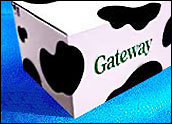
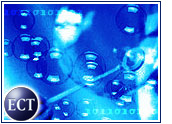
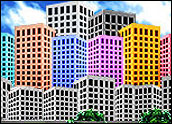

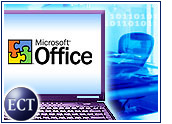



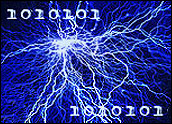











































Social Media
See all Social Media